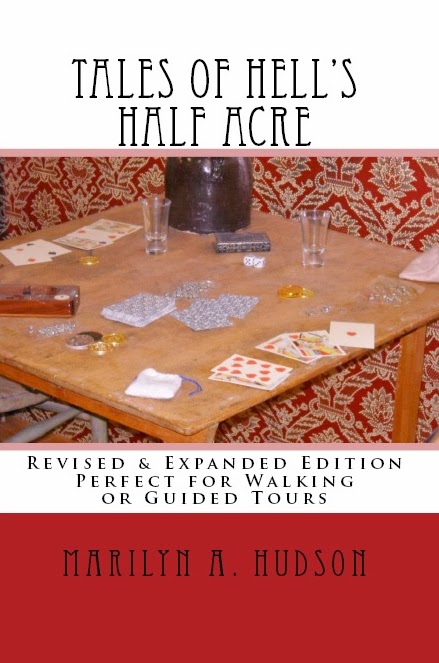The numbers are staggering. Nearly 700,000 people reported missing in 2013. Men, women, and children. The worst part is not that they are missing but that because of race many never receive the media attention they deserve. A social bias exists that seems to suggest we feel that "some people" are not worth a news story because they are poor, people of color or are employed in socially unacceptable fields.
Yet, the news is not all bad. An FBI report indicates missing persons reports related to endangerment went down from 2011 and "During 2012, 661,593 missing person records were entered into NCIC, a decrease of 2.5 % from the 678,860 records entered in 2011. Missing Person records cleared or canceled during the same period totaled 659,514. Reasons for these removals include: a law enforcement agency located the subject, the individual returned home, or the record had to be removed by the entering agency due to a determination that the record is invalid."
Yet, even that lower reconciled number is high. Too high.
When people go missing and there is cause to believe they are endangered, nothing should stand in the way of getting those who wait and hope all the help they can to find their lost family member.
"The shocking reason you've probably never heard of these missing Americans" at http://news.yahoo.com/shocking-reason-ve-probably-never-heard-265-000-195421951.html



